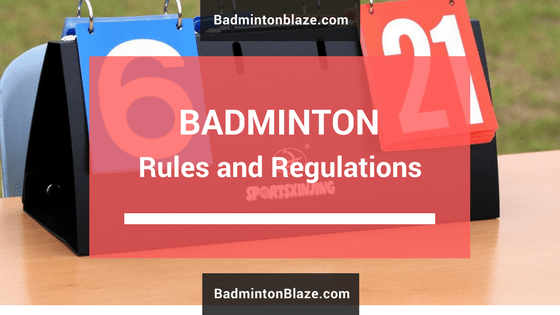Badminton Court Size: Complete Measurement Guide
Knowing badminton court size measurement could put you into advantages!
Badminton is not just about “follow-your-heart-and-smash” sports, it’s about physics too. Getting a cent or two about badminton court size could help you, potentially, improve your training as well as competition.
Also, you need to know how to measure badminton court, if you are looking to set up your own badminton court and play for fun.
In this post, you will get in-depth with badminton court measurement. Let’s jump right in.
[bctt tweet=”Knowing badminton court size measurement could put you into advantages!” username=””]

Table of Contents
Badminton court size – metric and imperial units
It generally doesn’t matter whether the court is made for professional or school players, dimensions do not differ. Unlike soccer or volleyball, where the court size or net height vary, badminton court measurement is universal and it always remains the same.
There are both dimensions for singles and doubles game. The badminton court size slightly differs, and similar to tennis, the court is smaller for singles game.
Badminton court size measures 13.40 meters (44 feet) lengthwise and 6.10 meters (20 feet) in width. Back boundary lines are the lines which outline the width of the court, while sidelines are the lines which outline the width of the court. The width of each line is 40 mm (1.57 inches).
When you play an official match, at least two meters (6 feet 7 inches) of free space must be left around the outer boundaries of the court. This allows more efficiency into the game and decreases the chances of injuries for players.
Singles Game
When it is about badminton court size for singles, the sidelines are drawn inside the doubles lines. The width of the singles court is 5.18m (17 feet). If the shuttlecock is out of these boundaries, it is a point for the opponent.
The center line of the badminton court divides it into two equal, separate halves. The net is set above the center line. It is held by two poles, which are on the opposite ends of the doubles sidelines.
The height of the poles is 1.55 meters (5 feet 1 inches), while the highest point of the net, at its midpoint, needs to be 1.524 meters (5 feet) tall. The width of the net is 0.76 meters (2 feet 6 inches).
Short service lines are the lines drawn parallel to the net. Short service lines are the closest to the center line. The distance between a center line and short service lines is 1.98 meters (6 feet 6 inches).
Doubles Game
The most important part of badminton court measurement for doubles game is the long service line. The distance between the long service line and the center line is 5.88 meters (19 feet 3 inches).
In a singles game, the long service line is the outermost boundary line. It is 6.70 meters (22 feet) away from the center line.
The service court is the area where the service needs to be delivered. The badminton court size for singles and doubles, where you need to deliver the service, is not the same due to rule differences.
The size of service court for singles is 4.66 x 2.13 meters (15 feet 3 inches x 7 feet), while the service badminton court measurement for doubles are 3.90 x 2.59 meters (12 feet 10 inches x 8 feet 6 inches).
If the match is played indoor, the Badminton World Federation states that the minimum height of the ceiling is 9 meters for minor matches and 12 meters for major games and championships. The distance should be high enough to prevent shuttlecock from hitting the ceiling.
When it comes to the design of the badminton court, it is recommended to be made from wood sprung floor, covered with non-slip court mats. If it is an official competition, Badminton World Federation will send a representative to check the court.
Conclusion
This article may sound too “informative” rather than “entertaining”, but it’s where we came in.
We hope each piece of article we put up could help and contribute to the badminton industry.
If you would like to support us, feel free to share it on social media.


